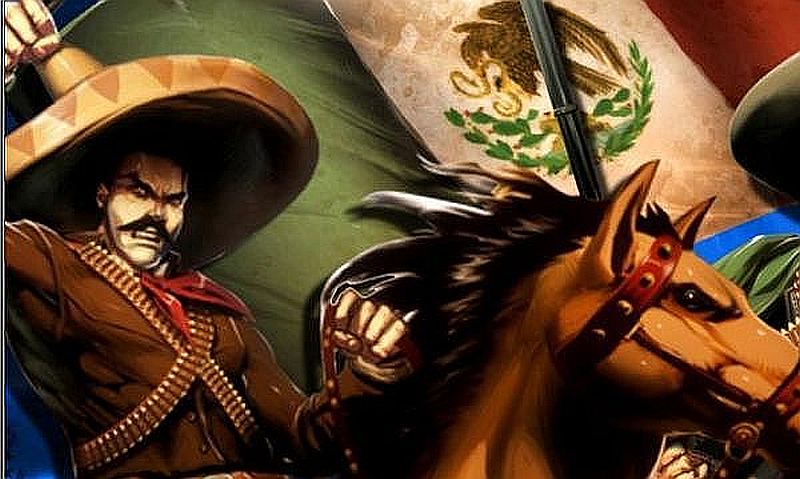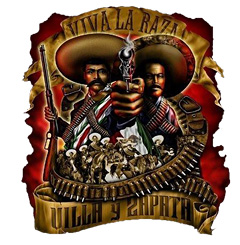
Puerto Vallarta, Mexico – Mexico has a number of Fiestas Patrias, and the one coming up next is the celebration of the anniversary of the Mexican Revolution. Although Mexico’s Revolution began November 20, 1910, it’s now officially celebrated on the third Monday of November, which in 2025 falls on the 17th, so citizens can enjoy a three-day holiday weekend, known as a “puente”.
The Cause and Consequences of the Mexican Revolution
The Mexican Revolution marked a powerful turning point in Mexico’s history, reshaping the nation’s identity and paving the way for significant social and political change. Emerging from widespread discontent with the nearly 30-year rule of President Porfirio Díaz, the revolution sought to challenge the oppressive systems of land ownership, labor, and economic inequity that had long kept many Mexican citizens in poverty.

Led by influential figures like Francisco Madero, Emiliano Zapata, and Pancho Villa, the movement united people from diverse backgrounds. Madero, an advocate for democratic reform, catalyzed the uprising with a call for fair elections and justice. Zapata and Villa, each legendary in their own right, commanded a sense of pride and commitment among their followers, drawing large groups of rural farmers and workers who had felt the impact of the inequities firsthand.
The revolution’s most remarkable aspect was its inclusiveness and far-reaching impact on everyday lives. Land reforms aimed to return land to the indigenous communities, and labor rights became central issues, sparking new laws that continue to protect workers to this day. The Constitution of 1917, one of the revolution’s crowning achievements, established progressive policies, including labor rights, education, and land redistribution, that inspired similar reforms across Latin America.
Beyond policy, the Mexican Revolution fostered a cultural renaissance. Artists, writers, and thinkers emerged to celebrate Mexico’s indigenous heritage, traditional art, and collective struggles. Figures like muralist Diego Rivera captured the revolution’s spirit, using bold and expressive public art to honor Mexico’s identity and the resolve of its people. This period of cultural flowering brought about a renewed sense of pride and unity, one that continues to influence Mexican culture today.
The legacy of the Mexican Revolution lives on, woven into the fabric of Mexico’s national identity. It stands as a powerful testament to the resilience and unity of a people determined to build a fairer society. The revolution not only transformed the country’s governance but also left a lasting legacy of empowerment, reminding future generations of the possibilities that come from standing together for change.

For 25 years, Banderas News has been the pulse of Puerto Vallarta, bringing you stories that matter most to residents and visitors alike. From breaking news to exciting events and cultural features, we’ve been dedicated to keeping you informed and connected – free of charge. Your contribution helps us maintain this commitment and continue serving our community.





